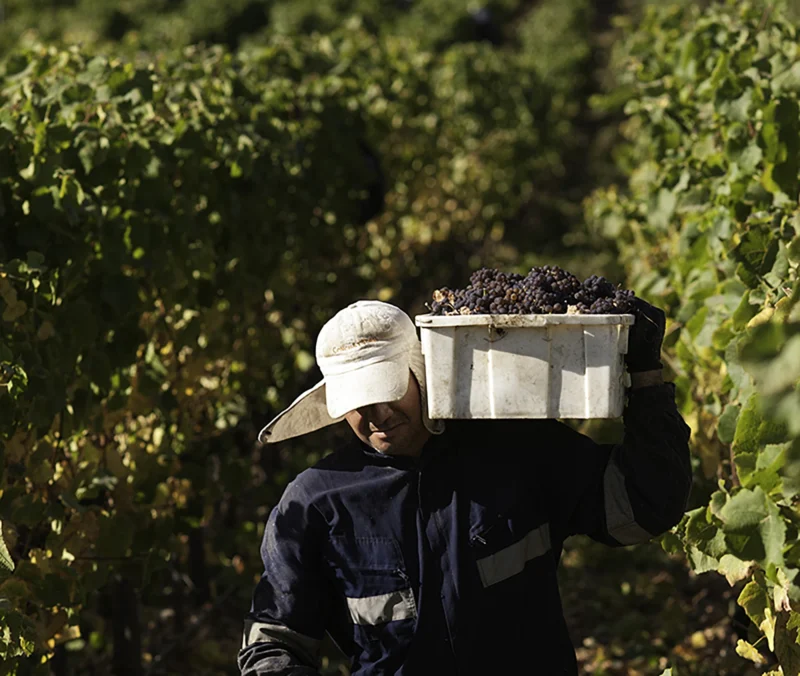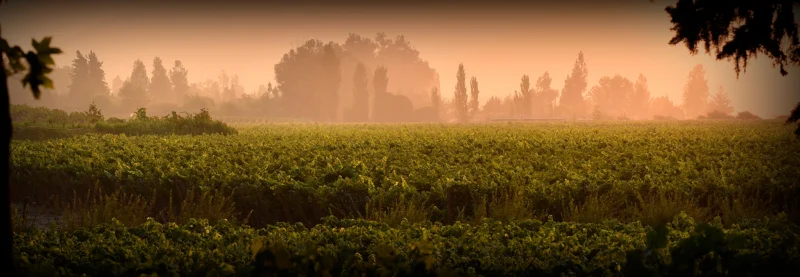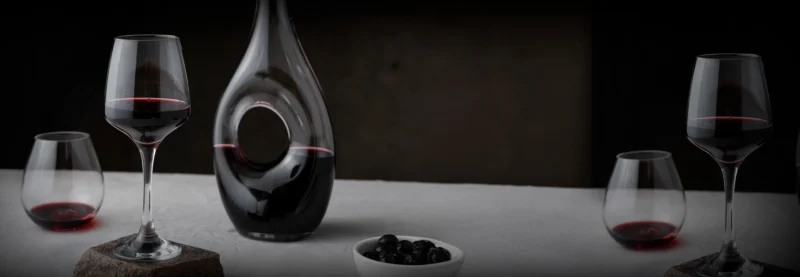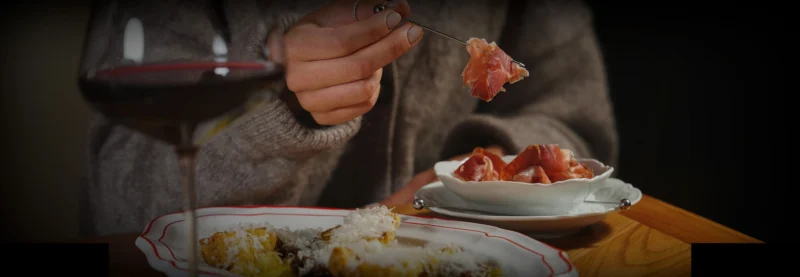Determine when to harvest grapes is probably the most important decision winemakers must make every year. But it is also the culmination of a long process, which has already been carried out in the Limarí Valley and is approaching for the Maipo Valley.
One of the most important milestones in wine production is the grape picking, also known as the harvest period. This word derived from Latin comes from “vindemia”, where “vinum” means wine and “demere” means to remove. That is, it is the process of cutting and harvesting the grapes. However, it is also the culmination of a process that began much earlier. In addition to the first step of a series of decisions that will occur within the winery.
While there are no exact rules for when to cut, it is generally expected that the grapes are ripe. This phase is recognized when the grapes begin to change colour in the stage called “Veraison”, where black varieties turn red and then purple, while white varieties become translucent and golden. When grapes ripen, their sugars levels rise, but their acidity levels drop. That’s why winemakers visit vineyards regularly to monitor both Ph (acidity) and Brix (sugar) levels, tasting the grapes to see how the tannins feel in the palate and thus decide the optimal ripeness point. In this phase, the signature flavours of each grape variety also emerge, while the tannins in the skins become less bitter and astringent.
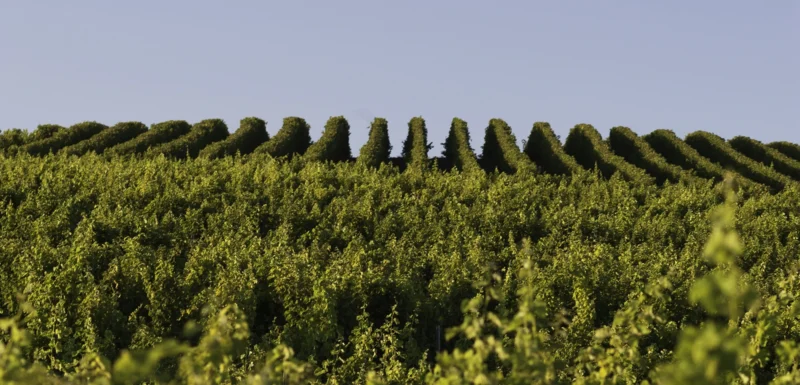
This is how the decision to harvest begins when the winemaker decides that the grapes have the necessary qualities to create the desired style of wine, and with a respective balance between sugar, acidity, flavours and tannins.
The harvest itself takes place for two months (or more) each year, which in the northern hemisphere corresponds between August and November. While, in the southern hemisphere between February and April, approximately.
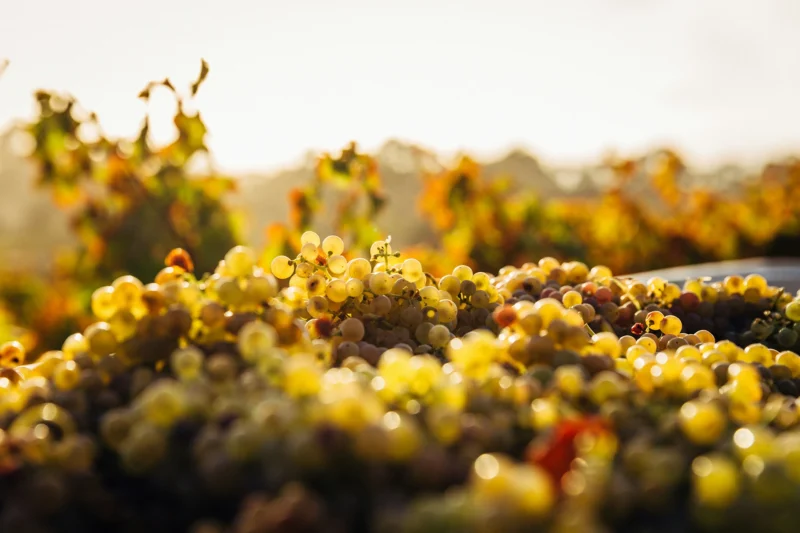
This year, the harvest in the Limarí Valley, where the Marques de Casa Concha Chardonnay and Marques de Casa Concha Pinot Noir grapes come from, started 10 days earlier than normal. “We started cutting the Chardonnay on January 31, 10 days earlier than normal, and we finished with Chardonnay and Pinot Noir around February 10,” says Marcelo Papa, the winemaker at Marques de Casa Concha. “While last year the coastal areas behaved more differently than the inland areas (warmer areas), this year the difference has been more marked between the north and the south. Limarí was quite ahead climatically, but I think the results and the quality are super good. Both the Chardonnay and Pinot Noir from Quebrada Seca for Marques de Casa Concha 2024 harvest are going to be very good,” adds the winemaker.
Who also tells us a little about what is happening in the central area, where Marques de Casa Concha Cabernet Sauvignon and Marques Casa Concha Syrah come from. “In relation to the central zone, we had a rainy winter, where the soils were very washed out, so the vines started strong in spring, and with a fairly cool climate. So Veraison in this area ended almost two weeks ago, 10 to 12 days later than a normal year. If we pay close attention to the harvest point, it could be a very attractive vintage due to its fresh condition. But the weather has to be with us in the month and a half that remains ahead of us, because we could be about 4 weeks away from harvesting in Maipo,” concludes Marcelo Papa.
